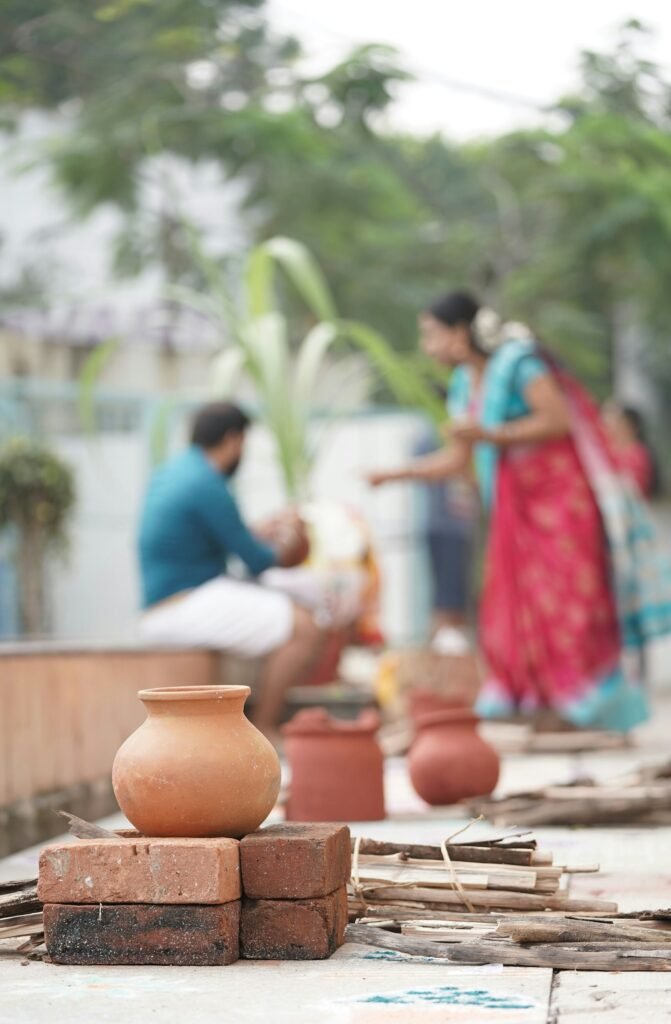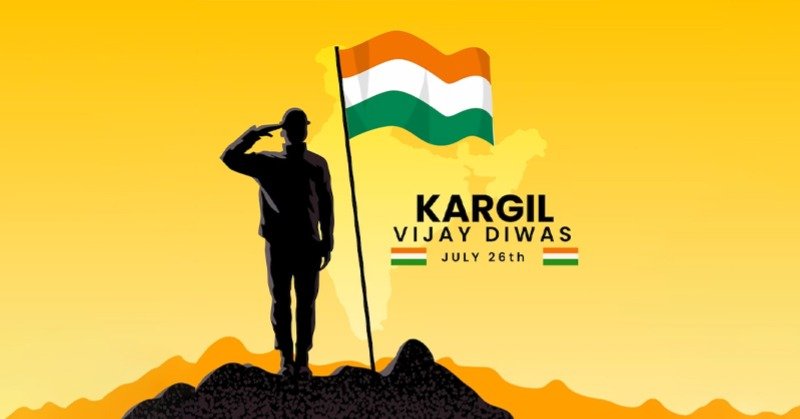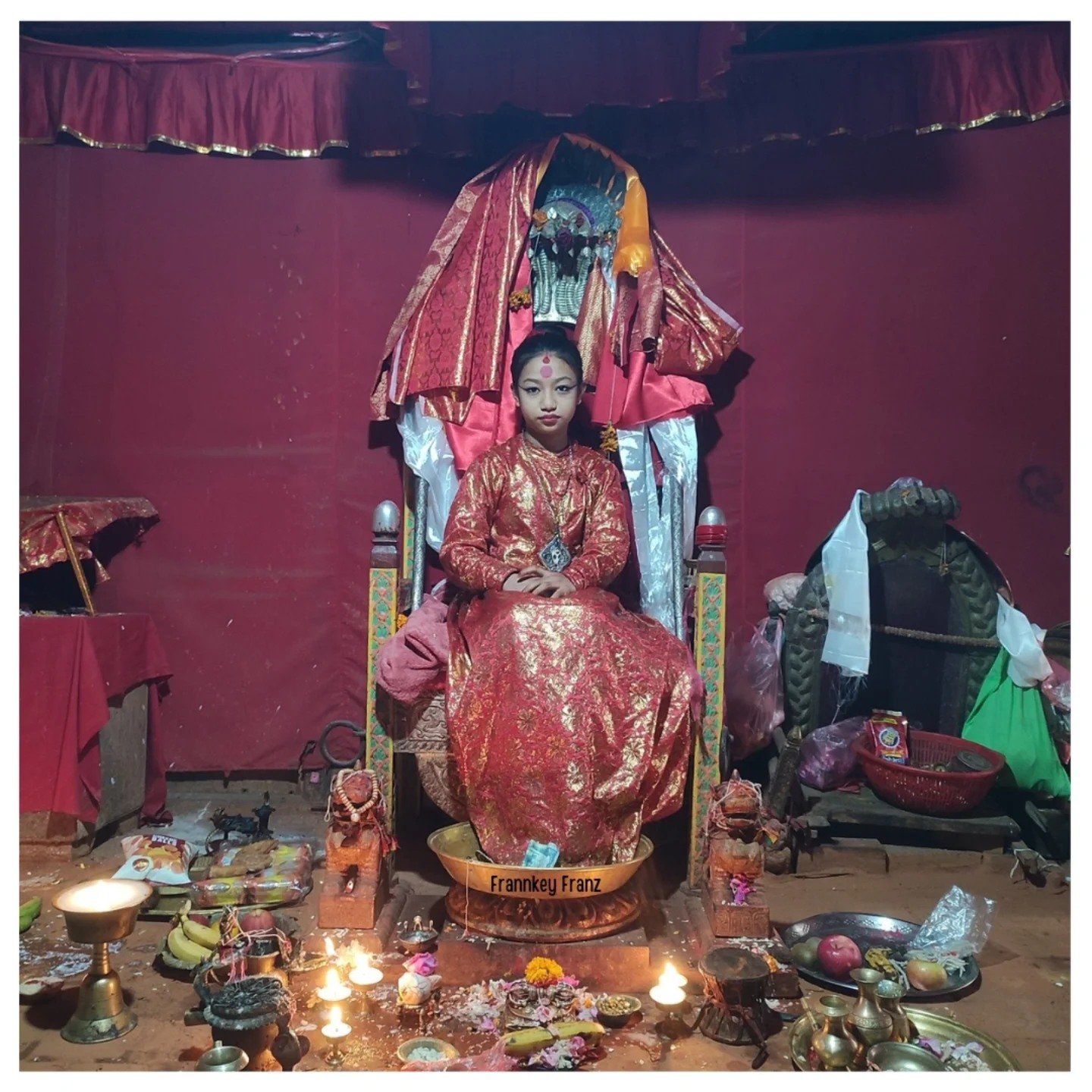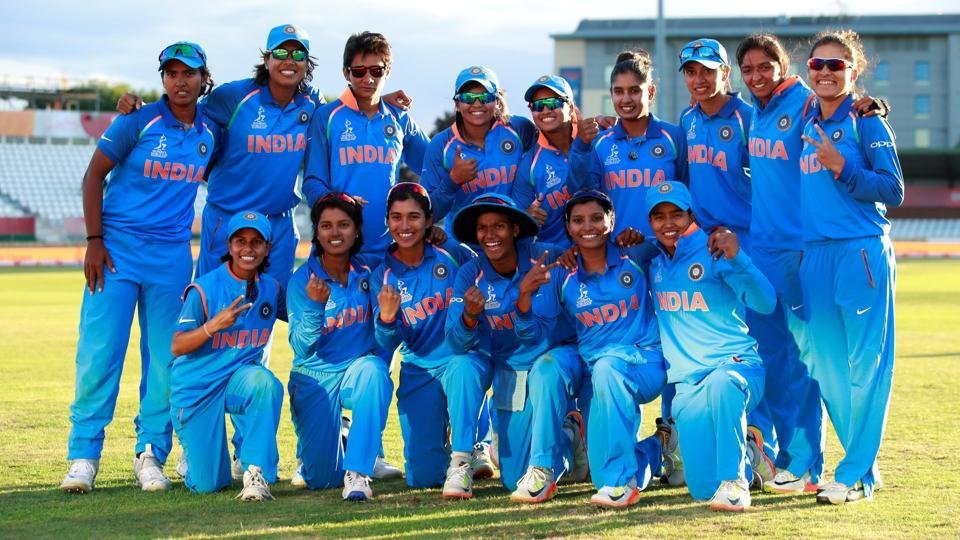Pana Sankranti, also known as Maha Vishuba Sankranti, marks the beginning of the Odia New Year. Celebrated on April 13th or 14th, this festival coincides with other regional New Year celebrations across India, such as Vaisakhi in North India, Poila Boisakh in West Bengal, Bohag Bihu in Assam, and Vishu in Kerala.
The festival represents new beginnings, renewed energy, and the arrival of summer. A key highlight of the celebration is a special cooling drink called Pana, which helps people beat the scorching heat.
Traditions and Significance
Pana Sankranti marks the start of a new agricultural season in Odisha. It is also observed as the birthday of Lord Hanuman, making visits to temples a significant part of the celebrations. Devotees flock to temples dedicated to Lord Hanuman, Lord Jagannath, Lord Shiva, and the Sun God. Some of the most visited temples on this day include:
- Taratarini Temple
- Biraja Temple
- Samaleswari Temple
- Sarala Temple
A popular belief is that the way one spends this day influences the rest of the year, so people try to make it as joyful and fulfilling as possible.
The Star of the Celebration – Pana
The most exciting part of Pana Sankranti is Pana, a refreshing drink made to combat the summer heat. Watching it being prepared for the first time can be an exciting experience, as different families have their own unique recipes.

Ingredients of Pana:
- Wood apple (Bel) pulp (or raw mango pulp as a substitute)
- Milk
- Yogurt
- Coconut
- Fruits (such as apple and banana)
- Sugar or jaggery
- Black pepper
- Ginger
When mixed in the right proportions, these ingredients create a cooling, nourishing, and delicious drink that is deeply symbolic of the festival. Families come together to prepare and enjoy Pana, making it a cherished part of the celebration.
Variations of Pana:
Different households prepare variations of this drink, including:
- Chenna Pana (made with cottage cheese)
- Khai Pana (made with parched rice)
- Chhatua Pana (made with roasted gram flour)
Basundhara Theki – A Unique Tradition
In some Odia households, Basundhara Theki is a special ritual observed during Pana Sankranti. A small earthen pot with a hole at the bottom is hung above a Basil (Tulsi) plant, and filled with water every morning for a month. The slow-dripping water keeps the soil moist, symbolizing rain and fertility.

Tulsi is considered sacred, as it is believed to be the personified form of Ma Brundabati, making this tradition deeply spiritual.
Festivities and Celebrations
Pana Sankranti is a time of new beginnings, joy, and prosperity. People clean their homes, wear new clothes, visit temples, and participate in cultural events. Various folk dances and music performances are held across Odisha, adding vibrancy to the festival.
Major Cultural Events:
- Danda Nata or Danda Jatra – A traditional folk dance festival held during March-April in honor of Lord Shiva and Goddess Kali.
- Ghanta Patua Dance – Performed by the Patua community during Chaitra (March-April). The dancers carry a Ghanta (brass gong) and visit villages, performing in devotion to Mother Goddess under different names like Sarala, Hingula, Charchika, Bhagavati, Mangala, and Chandi.
A Festival of Sweetness and New Beginnings
The sweetness of Pana blends beautifully with the spirit of tradition and festivity, ushering in positive energy for the year ahead. Odisha comes alive with the colors of new clothes, the sounds of cultural celebrations, and the refreshing taste of Pana, making Pana Sankranti a truly joyous and meaningful occasion.

By Manjusha Dutta
Manjusha Dutta is a Senior Manager with a Software Insurance organization. A movie buff and an amateur dancer, she rocks in the videos that she creates for her YouTube channel. She can be reached at manjushadutta@gmail.com.















One Response
Lovely Article ! Good to know about many things. Thanks for Sharing Manjusha 🙂